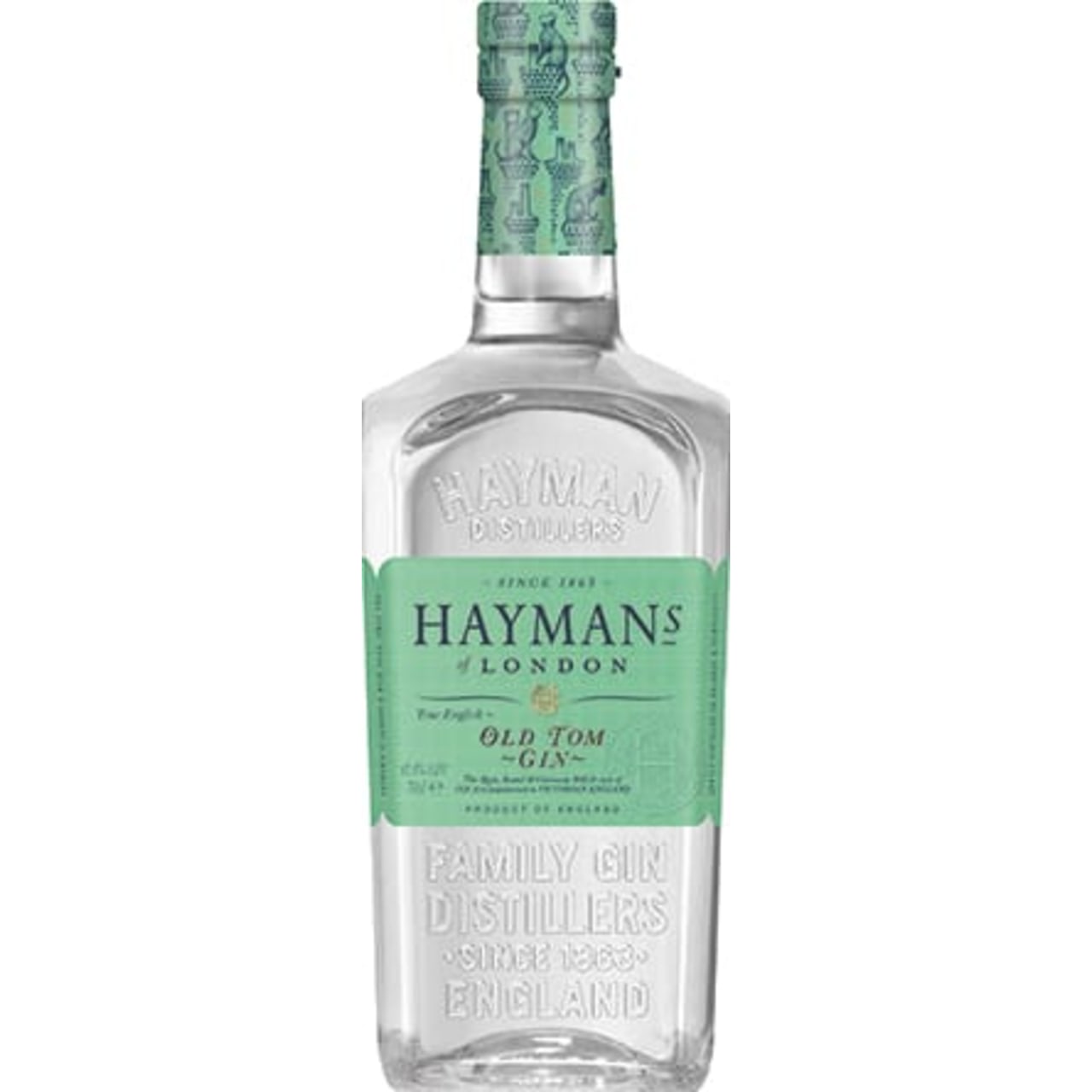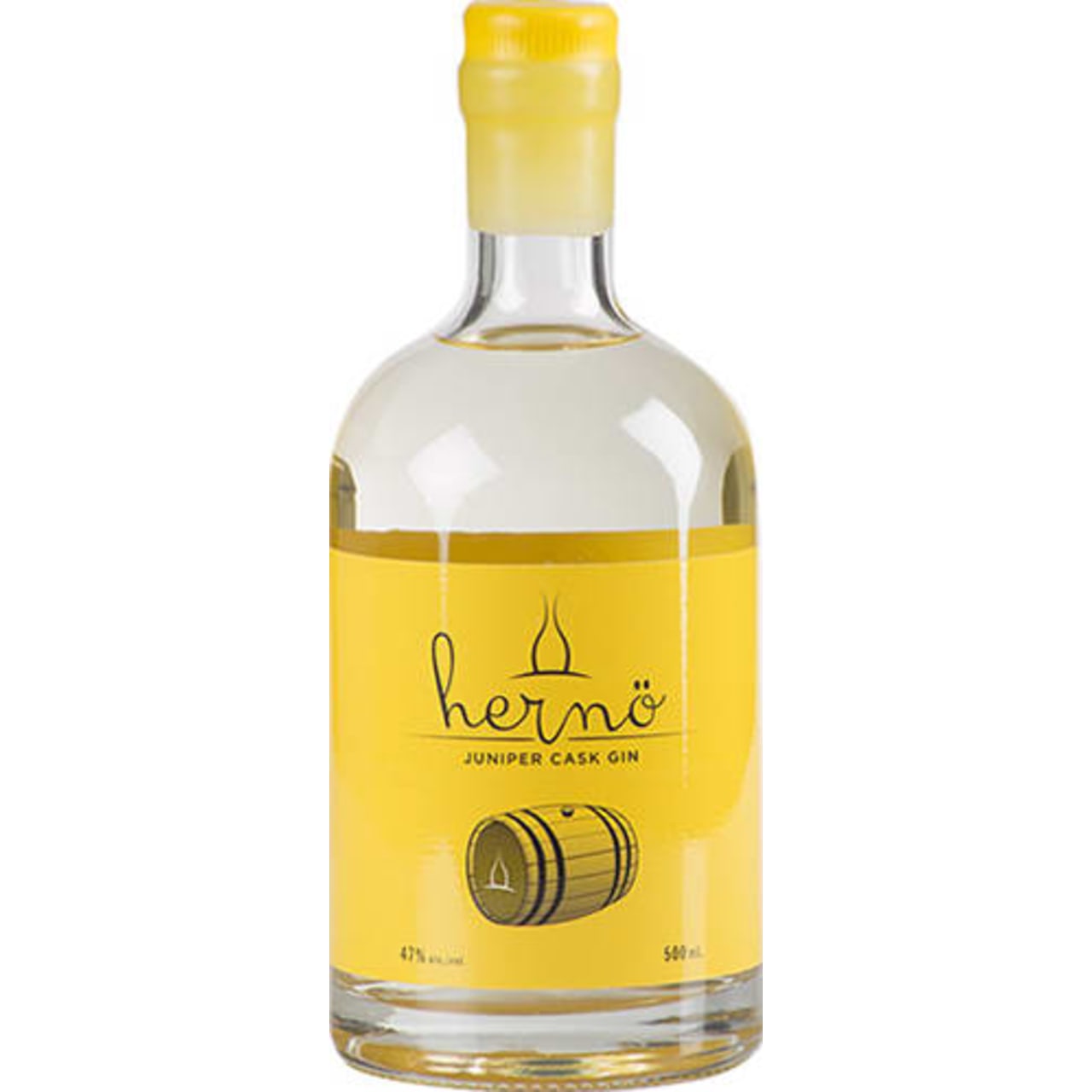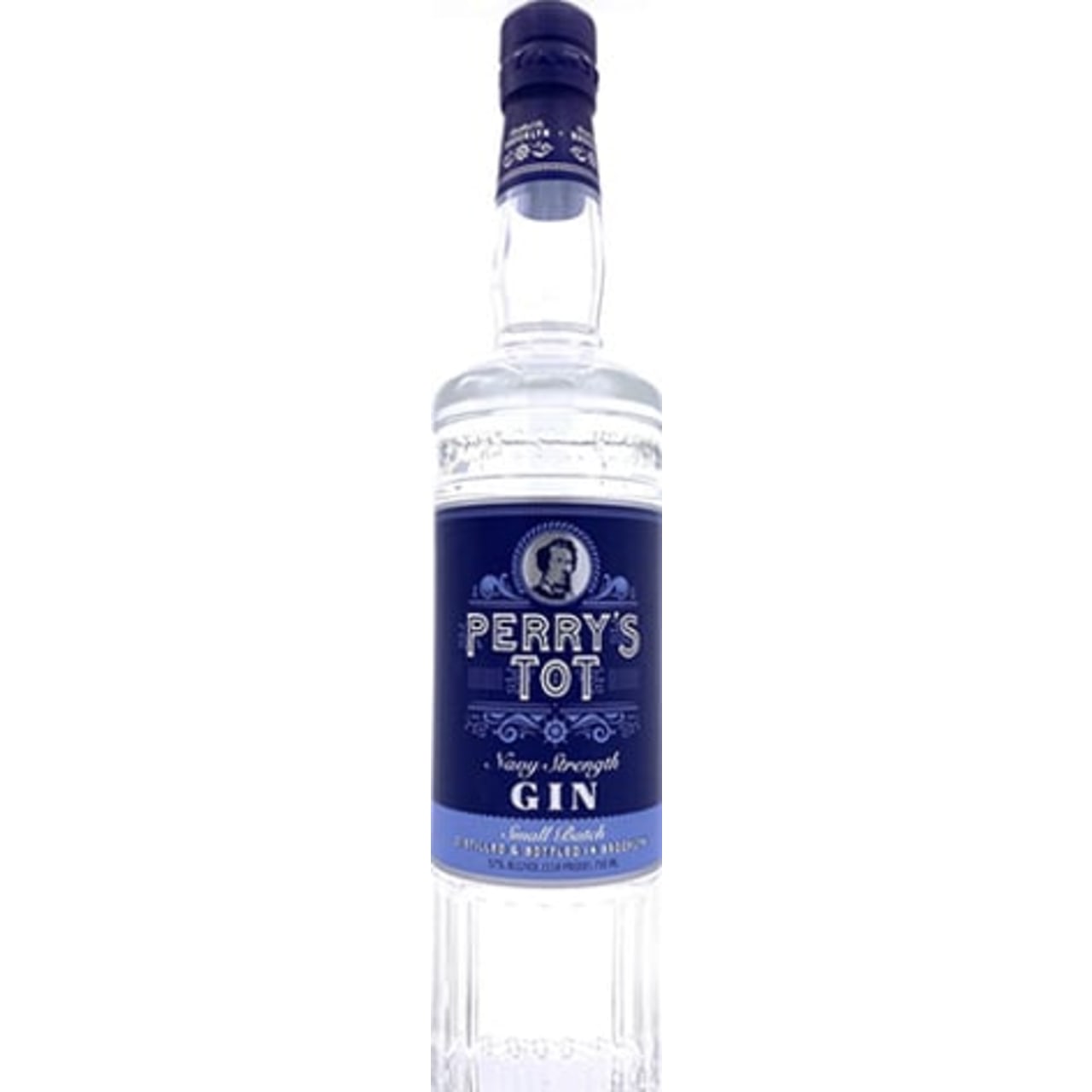As we explore the idea of Nostalgia and Vintage as part of our monthly theme, we've been looking at the re-emergence of forgotten styles.
Revivals aren't just about retro aesthetics, flashback cocktails, or brands making a comeback. They also bring lesser-known histories and entire sub-styles back into the spotlight, offering new opportunities for enthusiasts and connoisseurs to enjoy today.
In the world of gin, genres like Old Tom, Navy Strength, and Cask Aged have re-emerged over the past 20 years. But it may surprise people who have only really got into the spirit over the past few years that anything outside of classic London Dry was a rare find in 2010!
Sub styles were literally forgotten in time and an oddity reserved for historians. And nerds like me - we loved them.
Even by 2016, when the idea of having an aged gin or a selection of navy strength offerings was being courted and people knew it would appeal to connoisseurs - it was thought of as a niche audience target only.
And then it all changed…
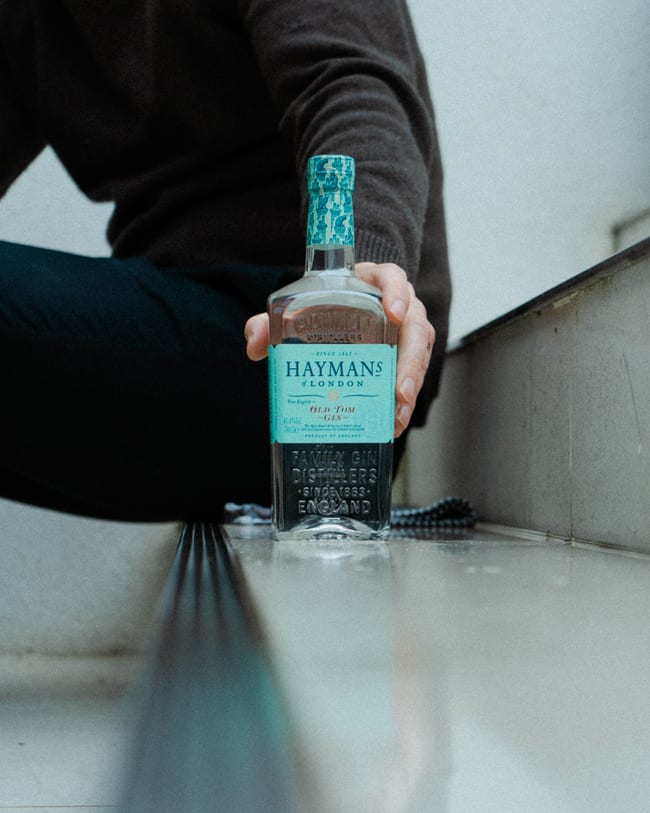

Old Tom Gin
Old Tom Gin was popular during the Jerry Thomas era of bartending. It was mentioned throughout cult books such as his 1862 ‘Bartenders Guide: How To Mix Drinks’ and others like the iconic ‘Savoy Cocktail Book’ from the 1930’s. Having been widely enjoyed for almost a century Old Tom Gin's popularity faded over the years as London Dry emerged the pre-eminent style of gin. When the spirit fell from grace altogether, it became a lost genre and a footnote in the spirit's history.
Thankfully, it was not forgotten and Hayman's Distillery was among the first to revive Old Tom Gin in the late 2000s, using a recreated family recipe from their archives to cater to bartenders and enthusiasts.
As a style, Old Tom is a botanically intense sweetened style of gin.
That’s either achieved by using liquorice root in the distillation (that gives an enveloping mouthfeel and general sweetness) or by adding sugar post distillation.
The Hayman’s Old Tom Gin is archetypal in that it does exactly what you would expect from a historic re-creation. It quickly gained worldwide interest and remains a landmark bottling in the gin category. Rich in caramelised citrus and spices, it’s is perfect for recreating vintage cocktail recipes.
Other great recreated versions are Tanqueray’s Old Tom, that has a malty note typical of the style one hundred years ago and Ransom Old Tom, which was also one of the early pioneers and a name that helped put Old Tom back on the map.
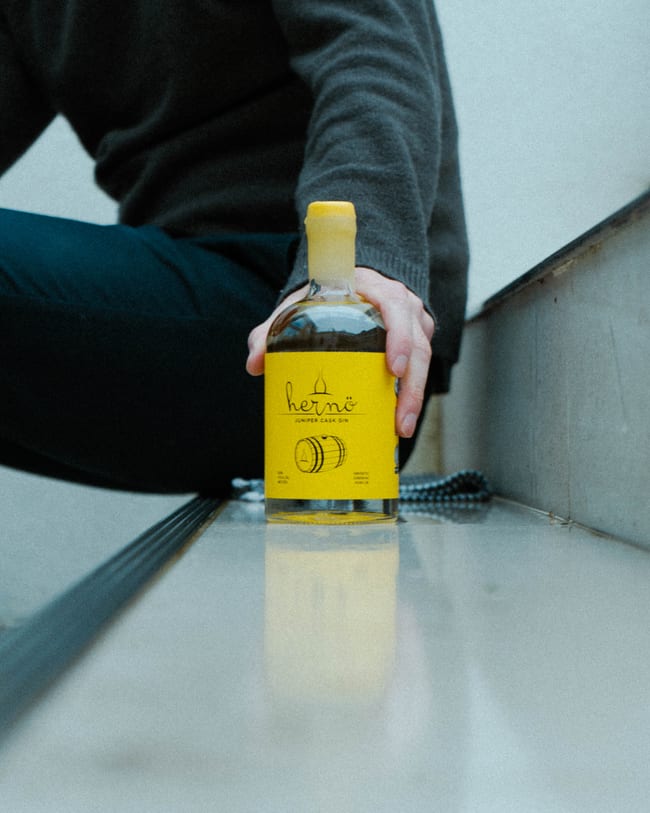

Cask Aged Gin
Cask Aged Gin, initially a by-product of transport due to unintentional ageing that occurred in worn-out casks, faced scepticism when it was first revived. Rightly so, many were awful gins and whist innovative, they failed to appreciate that subtlety is key.
As this became better understood, processes were refined and good products emerged. Hernö Distillery's Juniper Cask Gin is an excellent example of the style. This Cask Aged Gin delivers a resinous sap and a longer finish that marries soul-staining juniper notes with caramelised lemon peel.
It’s innovative too – the very first gin to be aged in a juniper oak. Hernö showed that to re-create history, a little modern thinking was needed to do it well and to make it work for today’s discerning drinkers.
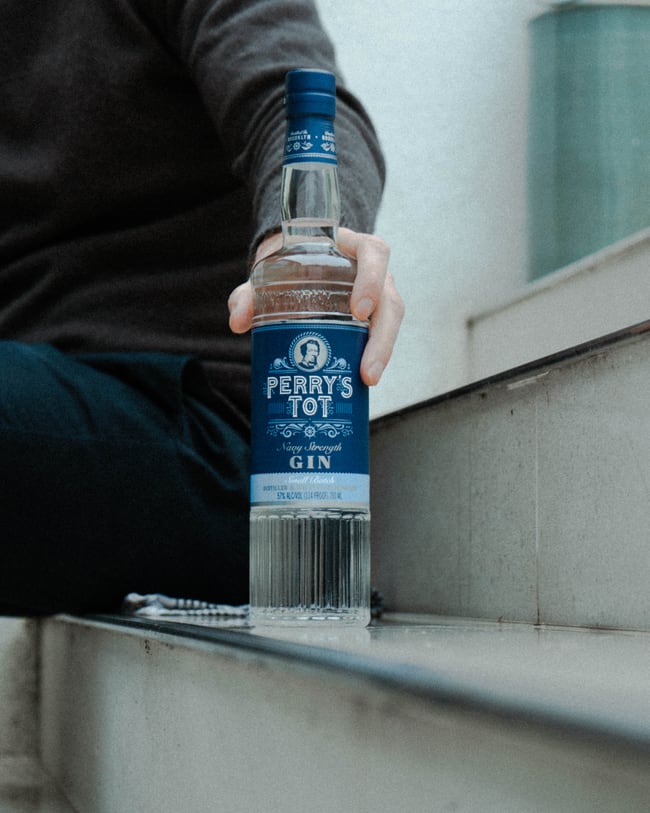

Navy Strength Gin
Navy Strength Gin, or overproof gin, has also experienced a revival. Plymouth remains the most famous in this genre with its expression standing the test of time, whilst the high alcohol style overall can boast its origins literally centuries ago.
Despite it's ancient roots, the term "Navy Strength" itself is a relatively modern moniker.
It may even have originated in a Pernod Ricard marketing meeting in the early noughties discussing how to update the Plymouth Gin packaging to reflect the its naval history and explain why it was bottled at 57% ABV.
Looking at vintage Plymouth bottles, while the famous Mayflower ship illustration and the ABV is there, the term is not and from all the research we've done - this seems as likely as any story we've come across to date.
It's unsurprising therefore, that so much of the sub-style is based off Plymouth’s history and the stance that they as one brand took on the style and their specific ideas for what it “should” be. Fair enough too. So much of what i learned at the time is off their archives and good will too.
Many of the distillers that launched a Navy expression modelled theirs off it, either as an homage or having been directly influenced by it.
In the decade since though, you can find overproof gins displaying floral, fruity, citrus and spiced profiles and it's become as versatile as any style in gin.
One that we still return to was in that first wave of pioneers – NY Distilling’s Perry’s Tot Gin. To our knowledge, it was the first American made Navy gin in this new era. The reason we love it both as a gin and as an example of the Navy Strength style is that it increases both the ABV and the botanical intensity. The clever use of honey lends a softness, while botanical clarity helps set it apart from other Navy Strength Gins.
Gin as we know it today encompasses so many types and family styles. But this blast from the past is quite a recent happening in the story of a spirit that spans almost a thousand years and to have them all available at the same time is a very rare occurrence.
It speaks volumes about the popularity of the spirit that it's happened and that so many forgotten genres have not just been exhumed, but have become popular once more.
Without these lesser celebrated styles, the category would not be what it is today. Arguably, without these reimagined products being re-released and having such historic authenticity – gin producers may have never dared to push the boundaries of London Dry as much as they have.
Would it surprise you to learn that Flavoured Gin isn’t a new phenomenon either? Gordon’s alone had many flavoured variants at the turn of the 20th century and again in the 1980’s…
So, for every time you think about the modern story of gin (or the ‘ginaisance’ as it’s called) it’s worth noting how much of the old is back, and how profoundly vintage re-incarnations have shaped new innovation.
They literally opened the door for a new generation of drinkers to rediscover the full complexity of the spirit.
Cheers to that!


